 Evaluation and Prediction of the Nutritive Value of Underutilised Forages as Potential Feeds for Ruminants | IntechOpen
Evaluation and Prediction of the Nutritive Value of Underutilised Forages as Potential Feeds for Ruminants | IntechOpenAluminum/globulin ratio: High and low ratio + normal rangeAutoHacked has the strictest supply guidelines in the health industry and almost exclusively link to revised medical peer studies, usually in PubMed. We believe that the most accurate information is directly in the scientific source. We are dedicated to providing the most scientifically valid, impartial and complete information on any given subject. Our team consists of doctors, doctors, pharmacists, qualified scientists and health and well-being specialists. All our content is written by scientists and people with a strong scientific background. Our scientific team is put through the strictest research process in the health industry and we often reject applicants who have written articles for many of the largest health websites that are considered to be trustworthy. Our scientific team must pass long tests of technical science, difficult logical proofs of reasoning and reading comprehension. They are constantly monitored by our internal peer review process and if we see someone who makes material science mistakes, we do not let them write for us again. Our goal is not to have a single piece of inaccurate information on this website. If you feel that any of our contents is inaccurate, not updated, or otherwise questionable, please leave a comment or contact us in Note that each number of parentheses [1, 2, 3, etc.] is a clickable link to peer-reviewed scientific studies. One more sign next to the number "[1+, 2+, etc...]" means that the information is within the complete scientific study instead of the abstract. Many diseases can throw away the balance between albumin and globulin in your blood. Read to know what results are considered normal, the causes of the high and low proportions, and what can be done to correct them. What is an aluminium/globulin ratio test? The relation of albumin/globulin (A/G ratio for abbreviation) is a test that compares the concentrations of albumin and globulin in the blood [,] and are proteins that are naturally found in the serum, the liquid part of your blood that does not include blood cells or coagulation components []. An imbalance in the relation of albumin with globulin can mean continuous inflammation, liver problems or rare cases of immunodeficiency. There is emerging evidence that a low proportion (inappropriate and more globulin) may be associated with the risk of cancer and may also predict worse results in patients with cancer and heart disease [, ,]. Serum Protein OverviewAlbumin is the most common protein found in the bloodstream. Its main function is to keep the pressure osmotic, the mechanism that prevents fluids from leaking from the blood vessels and surrounding tissues [].Many substances (including some hormones, nutrients and medications) can be connected to the albumin, making it an important conveyor in the blood. Albumin also binds fats and helps with fat metabolism []. Globulins are a class of proteins found in the blood that come in various forms. Alpha and beta globulins act as conveyors and may inhibit some enzymes. Gamma globulins, immunoglobulins, act as antibodies. They join pathogens as a virus and play a vital role in the immune system []. Both albumin and globulin are done mainly in the liver, although some types of globulin are created by []. Take a look at our articles about and for more information about each protein. Aluminum Ratio/globulin Your albumin/globulin ratio is usually checked during routine health tests. The A/G ratio is derived from one, which uses a blood sample to measure the combined total amount of albumin and globulin in the blood []. In turn, the total protein test is part of a (), which is a series of 14 tests that verify how well your metabolism is working. The COP/MOPs are commonly made in annual checks or during hospital stays []. As the name implies, the results are reported as a relation of albumin to globulin. For example, a 2:1 result means you have double albumin that globulin in your blood. Because globulin is always set to a value of 1 in the relationship, the results sometimes omit the number of globulin. For example, a ratio of 1.5:1 can be shortened to 1.5 instead. We will use this shortened version in the rest of the article for clarity. Proportion of normal aluminum / globulin In general, a recordin/globulin ratio between 1.1 and 2.5 is considered normal, although this may vary depending on the laboratory that performs the test []. Your blood usually contains a little more albumin than globulin, so a normal relationship is slightly higher than 1 []. For reference, the total amount of albumin in the blood is usually about 3.4 to 5.4 g/dL, and the total amount of globulin should be about 2.0 to 3.9 g/dL [,].Low Albumin/Globulin RatioCauses There are several ways your albumin/globulin relationship can become low. The causes listed below have been commonly associated with a low A/G ratio. Your doctor will interpret your value, taking into account your medical history, symptoms, and other test results. Here we will explore common reasons for low levels of albumin or high blood glubine. Low Aluminum A wide range of health problems can cause low albumin in the blood, a condition called hypoalbuminemia. One of the most common causes of low albumin is inflammation. During a disease or injury, your body focuses on producing proteins involved in the immune system, such as (). Under this type of stress, the liver creates proteins more related to the immune and less albumin [,].Life disease is also an important factor. Albumin is made in the liver, so any disorder that affects the liver (such as cirrhosis) can reduce the production of albumin []. Some other health conditions that can reduce albumin include: High Globulin High blood globulin levels can be caused by:Immunoglobulins, a common type of globulin also known as antibodies, coupled with pathogens and foreign material, labeling for your immune system attack. His body naturally produces more antibodies during an infection, leading to higher globulin levels [,]. High levels of globine are also commonly seen in people with chronic liver diseases such as cirrhosis. The liver breaks down the excess of globulin and eventually removes it from the body. Liver disease can reduce this ability to remove globulins, and these proteins can accumulate in the blood []. Certain drugs may cause globulin to increase as well. A small study of 15 people found that some patients who experience amiodarone toxicity also have high levels of globulin; the reason for increased globulins is unknown []. Health Effects The low ratios of albumin/globulin are associated with a poor prognosis in many different diseases, which is unhealthy, since these proteins are linked to inflammation and dysfunction of the immune system [,]. In this section we will explore the possible long-term effects of low A/G relationships, according to the research. Note that it is not clear whether the albumin or globulin cause disease; rather, a low A/G ratio probably represents a deeper and more underlying problem [,].1) It is associated with cancer risk A low albumin/globulin relationship may be putting cancer development at risk. In an observational study of nearly 27,000 people, participants with ratios A/G below 1.1 had a higher risk of developing cancer on average, even if they were otherwise healthy []. Liver and blood cancers were the most common in this study, but the low proportions were associated with more than 10 types of cancer as a whole, including breast and lung cancers []. Researchers believe that the common denominator and root cause is chronic inflammation, leading to lower A/G relationships and increased incidences of cancer [,].2) It can help prevent cancer mortality Apart from being associated with the risk of developing cancer, an A/G relationship can also indicate how well a cancer patient will respond to the treatment []. In several studies, a lower proportion of A/G has been associated with greater overall survival in: A study in 276 lung cancer patients has found that people with A/G ratios less than 1.29 were 1.35 times more likely to die on average than people with ratios greater than 1.29 []. How does this information help? If a doctor finds that a cancer patient has a low A/G ratio, he or she may decide to use more intensive treatment to improve the chances of survival [,].3) It is associated with the risk of dying from heart disease A study investigated the A/G ratio in 570 patients who had suffered a heart attack. They found that a proportion below 1.12 was associated with a risk of 47% death within 4 years of the heart attack. On the other hand, a ratio greater than 1.34 was associated with only a death risk of 10% []. Multiple studies have also found a link between low A/G relationships and the risk of death in patients with heart failure. In an observational study of more than 13,000 patients with heart failure, a ratio of A/G below 1.1 was associated with a higher risk of dying within 1 year [,]. Another study of 999 people found very similar results: a proportion of less than 1.2 was a strong predictor of dying within a year in patients with heart failure [].4) May Predict poor results after the strike A study of 319 people found that patients with cerebral strokes with ratios below 1.45 may be more likely to develop additional blood clots (and therefore suffer another blow) in the future []. According to a different study, a low proportion of A/G increased both the risk of another stroke and death in 125 patients with strokes []. These studies are relatively small. More independent studies are needed to support these findings.5) May Predict Severity of Myasthenia GravisMyasthenia gravis is an autoimmune disorder in which a person's antibodies attack their own nerves. This type of nerve damage leads to muscle weakness, eyelids, and problems of speaking []. A study of 135 patients with myasthenia gravis found that people with albumin/globulin ratios below 1,34 had more severe symptoms and generally worsened more than people with higher ratios []. Again, additional independent studies are needed to confirm this.6) Linked to the Cognitive Decline According to a study of 151 people, people with mild cognitive impairment tended to have also a lower proportion A/G. These are likely symptoms of a deeper problem, such as chronic inflammation []. High Albumin/Globulin RatioA high ratio of albumin/globulin could mean that your albumin levels are high, your globulin levels are low, or both. There are only a few reasons why the A/G ratio can be high and a high proportion is much less common compared to a low proportion. In this section, we will explore how your albumin can become high or how your globulin levels can become low. Causes listed below have commonly been associated with a high A/G ratio. Your doctor will interpret your value, taking into account your medical history, symptoms, and other test results. High Albumin By the way, the most common reason for high albumin is dehydration. There are some evidence that a high protein diet can also increase albumin levels [,]. On the other hand, dehydration and high protein intake can also increase globulin levels, leaving the albumin's relationship to globulin largely unchanged [,]. There are several studies that have found a link between insulin resistance and higher blood albumin levels [, , ]. Therefore, high insulin can contribute to a high A/G ratio. However, an interaction with drugs is the most likely culprit behind high albumin in a high A/G ratio. A couple of studies have shown that certain drugs can increase albumin production, including: Low Globulin Many factors that reduce globulin levels can also lower albumin, such as malnutrition and kidney disease. These conditions are less likely to alter the relation of albumin/globulin because they lower both types of proteins at similar rates [, ].However, some factors lower only globulin. For example, genetic defects can cause a disorder called immunodeficiency, which disrupts the body's ability to create antibodies (immunoglobulins). This condition, therefore, reduces the total levels of globulin [,]. There is also acromegaly, a disorder characterized by excess growth hormone production, usually caused by a tumor. Symptoms usually include abnormal growth, and joint pain []. In a study of 35 people with acromegaly, almost half of the participants had low levels of globulin []. Finally, some immunosuppressant drugs, such as corticosteroids, may decrease the levels of globulin [].Health EffectsA few studies have seen the effects of a high albumin/globulin relationship. Research shows that the highest proportions can improve cancer survival, but it is not known if this benefit extends to ratios above normal range []. A high outcome of the A/G ratio can be more useful as an indicator of an underlying genetic disorder. A rare disease called immunodeficiency occurs when genetic defects prevent the body from creating properly antibodies. This leads to low globulin levels and a high A/G ratio, although other tests would be needed to confirm the diagnosis [,]. How to Normalize your A/G ratioRemember that a low or high A/G ratio is usually derived from an underlying condition, such as inflammation, liver disease, or drug interactions. You need to consult with your doctor to treat any underlying potential cause to manage your A/G relationship. Only a qualified doctor can determine the cause of the abnormal relationship and make recommendations to resolve it. Takeaway A relation of albumin/globulin compares the concentrations of albumin and globulin (two types of proteins) in the blood. A low albumin/globulin relationship can put you at risk for developing cancer. Low proportions can also increase the risk of death for those with cancer or heart disease. A low proportion usually indicates some type of underlying disorder, such as liver or kidney disease. Dealing with the underlying condition is the best way to correct the balance of albumin and globulin. The laboratories in the normal range do not always indicate optimal health. Find out which of your laboratories are not in the optimal range and how to take them there so you can keep your immune system higher with the laboratory test analyzer! About the author AATE ESTE Compliance The information on this website has not been evaluated by the Medicament Administration or any other medical organ. We do not intend to diagnose, treat, cure or prevent any disease or disease. The information is shared only for educational purposes. You should consult your doctor before acting on any content of this website, especially if you are pregnant, breastfeeding, taking medications or have a medical condition. Reply Your email address will not be published. Required fields are marked *CommentName * Email * Website Save my name, email and website in this browser for the next time you comment. This site uses Akismet to reduce spam. .Contents Joe Cohen won the genetic lottery of bad genes. As a child, he suffered from inflammation, brain fog, fatigue, digestive problems, anxiety, depression and other problems that were misunderstood in conventional and alternative medicine. Related articles What do your genes tell you about your health? Align your health hacks with your genes for optimal cognitive health function. Navigation Our Policies Contact Us Follow us Join SelfHacked today and start the journey of improving your life[selfhacked_subscribe_form]
Forum SearchHigh A/G ratio It could also be inflammatory and/or dehydration. I've always been told to hydrate before the labs. Have you seen this by any chance? So I had my pre-blood pressure reference screen to make sure my potassium was okay. He had CMP tests and lipids. My blood turned stellar, but always brilliant 70 GFR, but fine glucose, phenomenal lipids, everything else in normal range... except... ... my Albumin/Globulin relationship is high, 2.7 when normality is up to 2.2. I know that sometimes these blood tests can be high and I know that a person can run a little high and is "normal" to them. I also know that a person may have a slightly high number and the doctor will say, it's not a big deal, someone who has a real disease will be out of the graphics on this, while you're a bit high... etc. I sought the reasoning of the high A/G ratio. WebMD says it may be a "sign of liver, kidney, or intestine disease. It is also linked to low thyroid activity and .... leukemia". Yeah. I'm hypothyroid, so it's probably that. Or it could be my hairy kidneys. I'm doing my blood test as packing panels at Walk-In Labs and my blood pressure drug screening package will include a CMP plus CBC. I'm sure the doctor would recommend a new test, plus a CBC. But in the middle of time, do you think I should worry a lot? I'm trying to decide whether to contact the doctor or wait to see what follow-up says first. My doctor is terrible with phone calls, so I'm missing on the side of the waiting, but I'd love some encouraging comments. ... Does anyone have experience with a high A/G relationship? What was the experience? My head hurts.. Help! what is your history/levels in the A/G ratio of previous test laboratories. See a trend or pattern? Maybe being more hydrated might make a difference in your albumin. more A/g is not a specific marker for the disease because it does not indicate which specific proteins are altered. Based on what you published I'm thinking you're premature to think it's a related disease. Don't go there unless you're right. The Internet can make a hangnail a life threatening the medical affan. Yeah, I'll admit it's hard when this reading could be some kind of nail hanging on to vital damage, LOL, but what you're saying is the plan. However, I was looking for more security from this group. I think the high value is a corticosteroid shot I had. This test was a baseline before starting an ARB (since I have a history of high potassium in ACE-Is). I'll have a month of follow-up after starting the med to check potassium and if things have returned to normal, I'll be pleased. If not, I'll see the doctor. While I also put a test result sometimes I try to wait for my doctor to worry " take my lead then. Of course it's easier when it's not you. I can relate when I got a message from my office about my case that comes to the tumor panel. What? Do I have a tumor? No, it's not likely but rather my case had been presented at a doctor's conference and the tumor panel offered comments on a procedure.

Hepatitis A,B,C,D,E,F,G, its treatment and management including its p…
Evaluation and Prediction of the Nutritive Value of Underutilised Forages as Potential Feeds for Ruminants | IntechOpen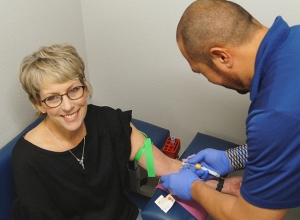
Need Help Understanding Your Results | Campbell County Health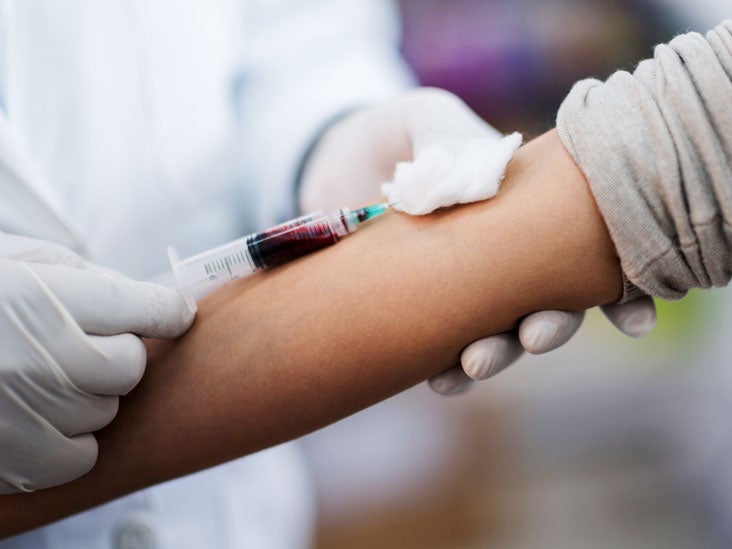
Total Protein Test: Purpose, Procedure & Results
G-Ratio - an overview | ScienceDirect Topics
G-Ratio - an overview | ScienceDirect Topics:max_bytes(150000):strip_icc()/PhlebolomistdoingablooddrawSimonsPhotoGettyImages-1fca4cc301f44f28905c2dbb52278341.jpg)
Globulin Test: Uses, Side Effects, Procedure, Results
Total Protein Test: Purpose, Procedure & Results
G-Ratio - an overview | ScienceDirect Topics
Explanation of Blood Studies | Home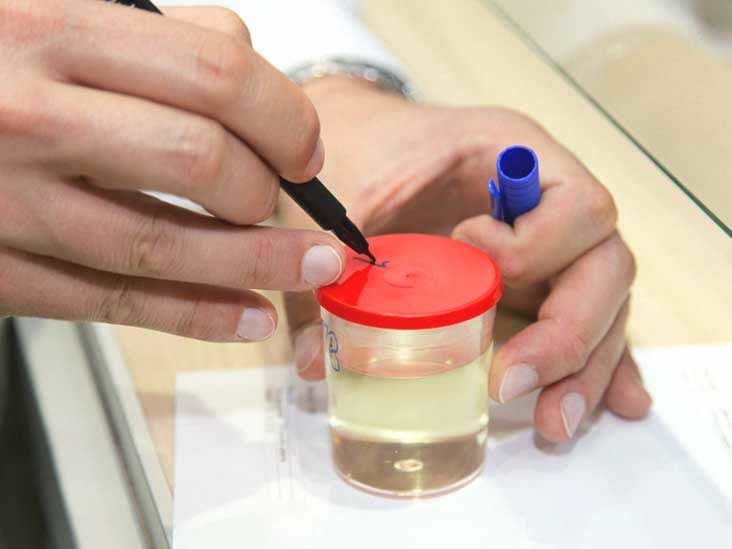
Total Protein Test: Purpose, Procedure & Results
G-Ratio - an overview | ScienceDirect Topics
Total Protein Test: Purpose, Procedure & Results
Re‐evaluation of alginic acid and its sodium, potassium, ammonium and calcium salts (E 400–E 404) as food additives - - 2017 - EFSA Journal - Wiley Online Library
2.4 GHz radio use - Wikipedia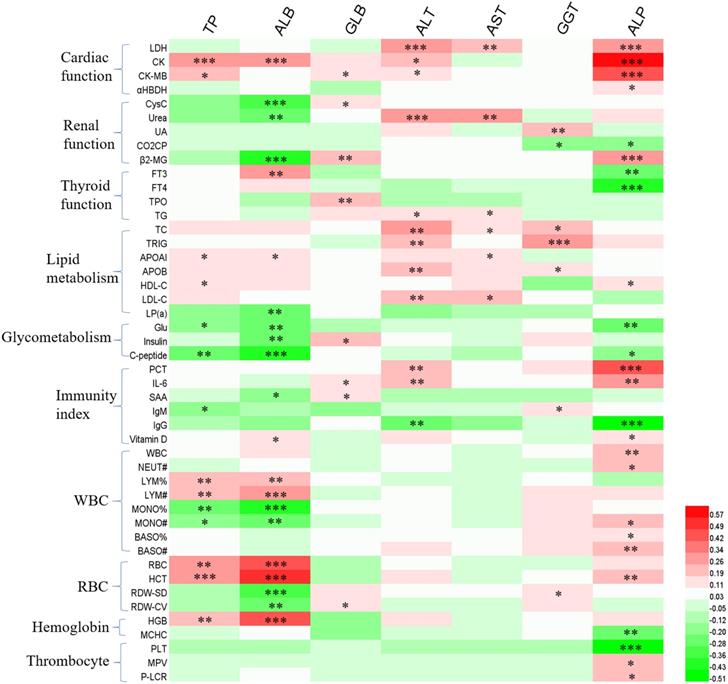
Liver function recovery of COVID-19 patients after discharge, a follow-up study
Linksys Official Support - How to resolve poor or no signal from a wireless router
Total Protein Test: Purpose, Procedure & Results
Association of sulfur amino acid consumption with cardiometabolic risk factors: Cross-sectional findings from NHANES III - EClinicalMedicine
Scientific opinion on the safety of green tea catechins - - 2018 - EFSA Journal - Wiley Online Library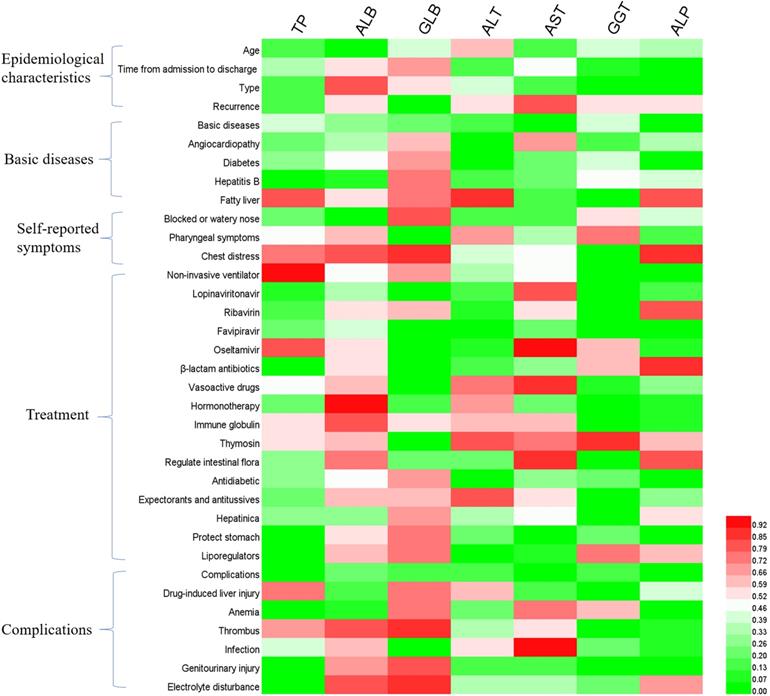
Liver function recovery of COVID-19 patients after discharge, a follow-up study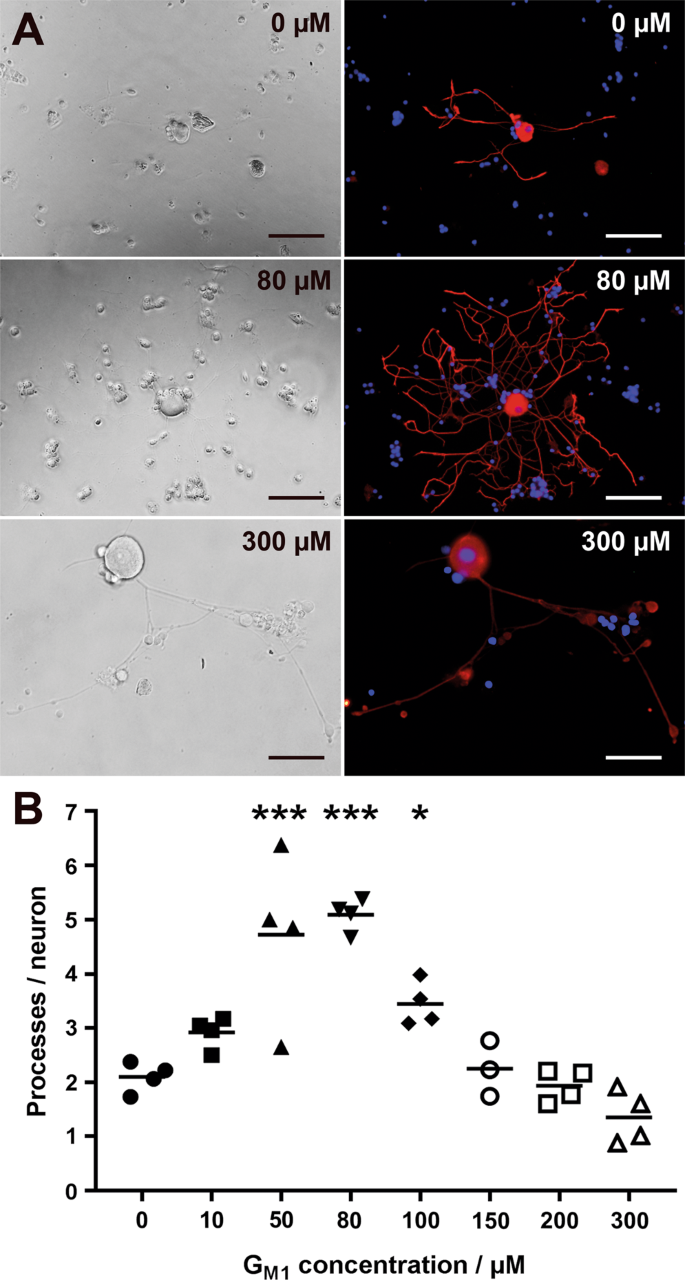
Neurotrophic effects of G M1 ganglioside, NGF, and FGF2 on canine dorsal root ganglia neurons in vitro | Scientific Reports
2.4 GHz radio use - Wikipedia
Total Protein Test: Purpose, Procedure & Results
Raman spectroscopy of graphene-based materials and its applications in related devices - Chemical Society Reviews (RSC Publishing) DOI:10.1039/C6CS00915H
Linksys Official Support - How to resolve poor or no signal from a wireless router
G-Ratio - an overview | ScienceDirect Topics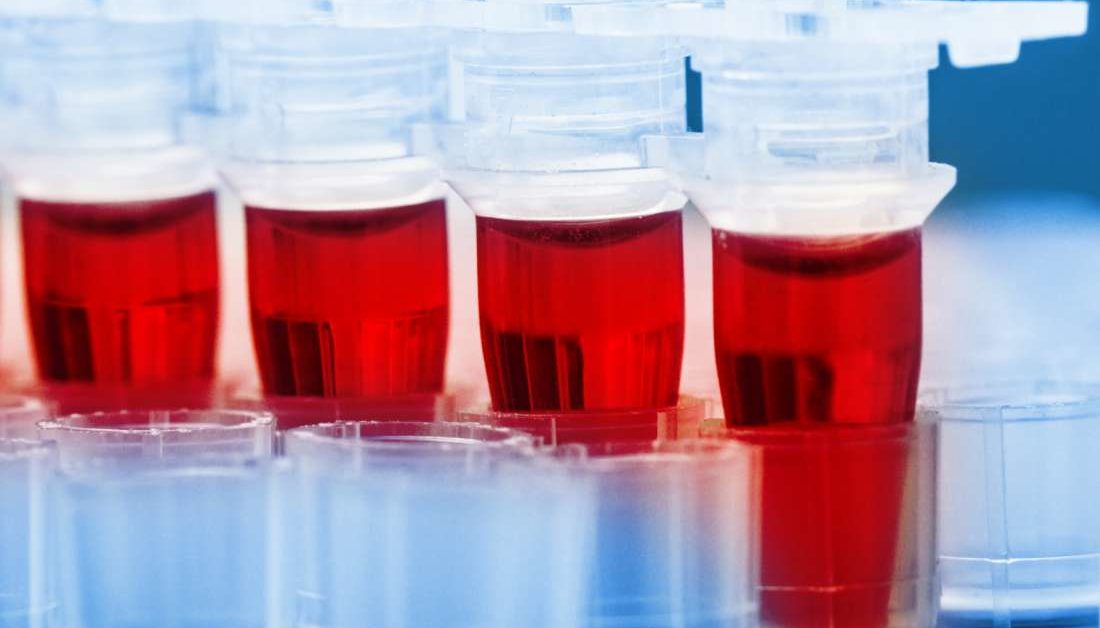
Serum albumin test: Why is it done and what do the results mean?
Chronic Kidney Disease Stages 1-3: Screening, Monitoring, and Treatment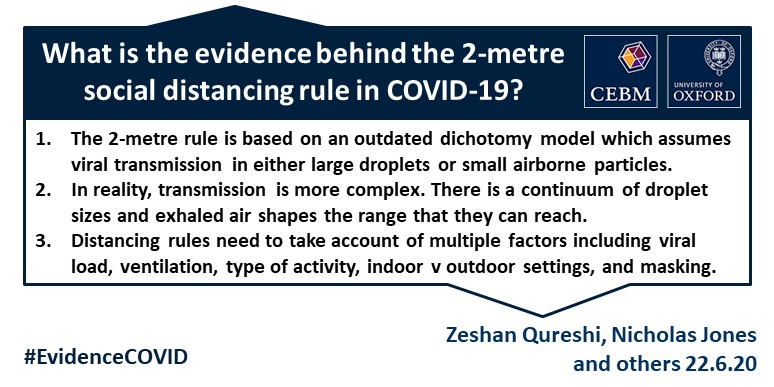
What is the evidence to support the 2-metre social distancing rule to reduce COVID-19 transmission? - The Centre for Evidence-Based Medicine
Hypoalbuminemia: Causes, treatment, and symptoms
Risk of irritable bowel syndrome in patients who underwent appendectomy: A nationwide population-based cohort study - EClinicalMedicine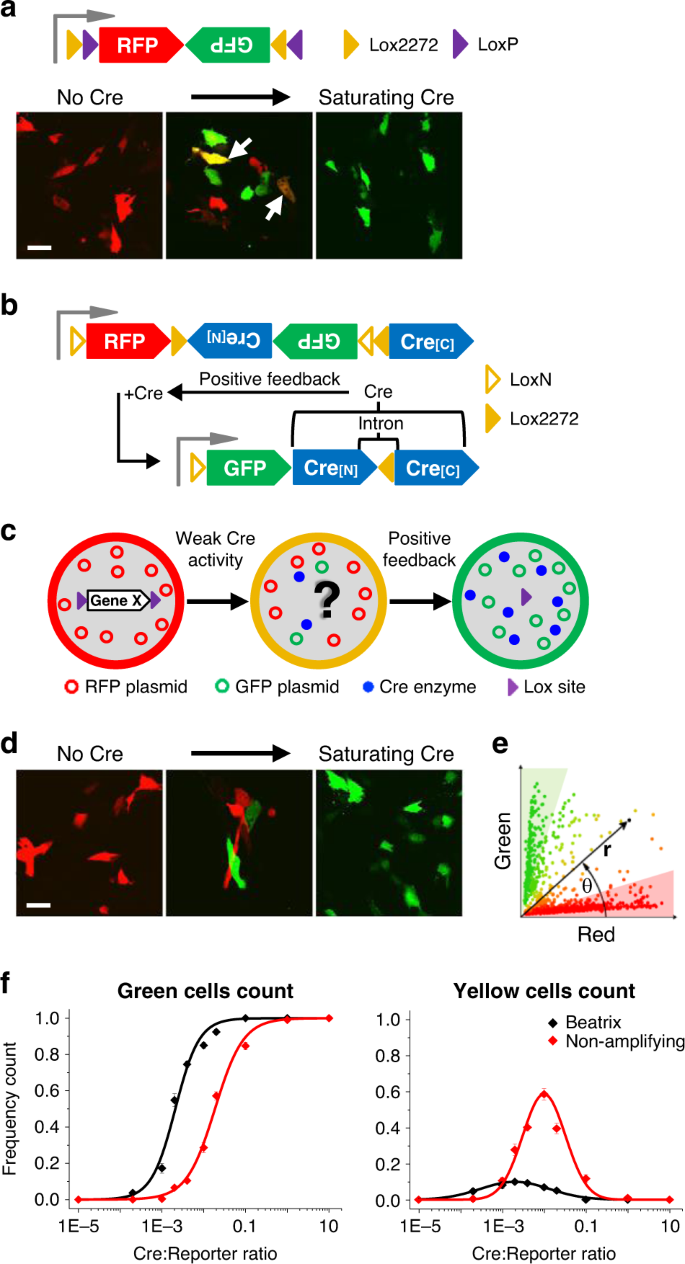
Modelling genetic mosaicism of neurodevelopmental disorders in vivo by a Cre-amplifying fluorescent reporter | Nature Communications
Total Protein Test: Purpose, Procedure & Results
G-Ratio - an overview | ScienceDirect Topics
Glycated Albumin Levels in Patients with Type 2 Diabetes Increase Relative to HbA1c with Time
Raman spectroscopy of graphene-based materials and its applications in related devices - Chemical Society Reviews (RSC Publishing) DOI:10.1039/C6CS00915H
Prognostic Implications of Resistive Reserve Ratio in Patients With Coronary Artery Disease | Journal of the American Heart Association
Basel III Monitoring Report October 2019 (December 2018 data)
 Evaluation and Prediction of the Nutritive Value of Underutilised Forages as Potential Feeds for Ruminants | IntechOpen
Evaluation and Prediction of the Nutritive Value of Underutilised Forages as Potential Feeds for Ruminants | IntechOpen





:max_bytes(150000):strip_icc()/PhlebolomistdoingablooddrawSimonsPhotoGettyImages-1fca4cc301f44f28905c2dbb52278341.jpg)






























Posting Komentar untuk "is a 2.4 a/g ratio bad"